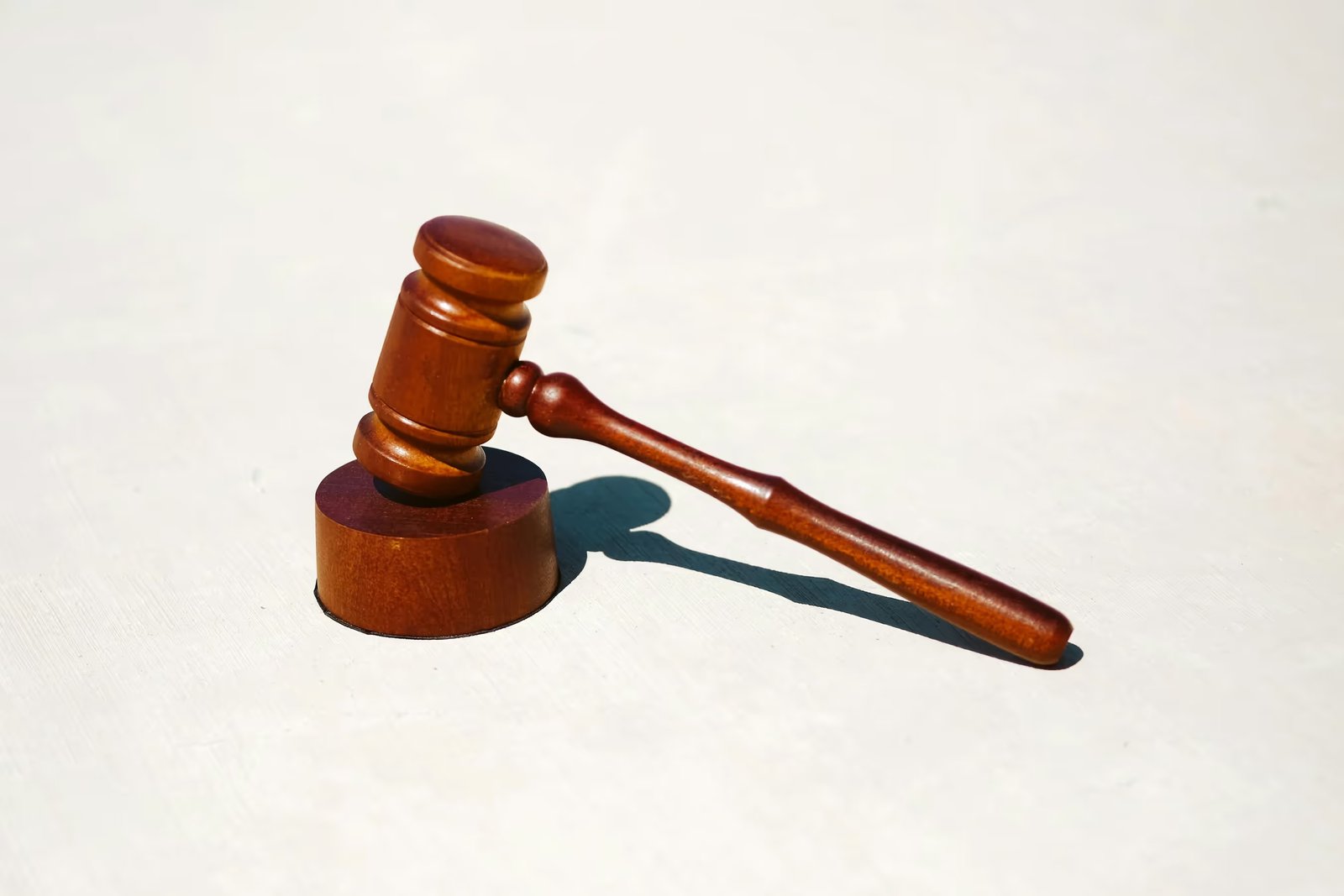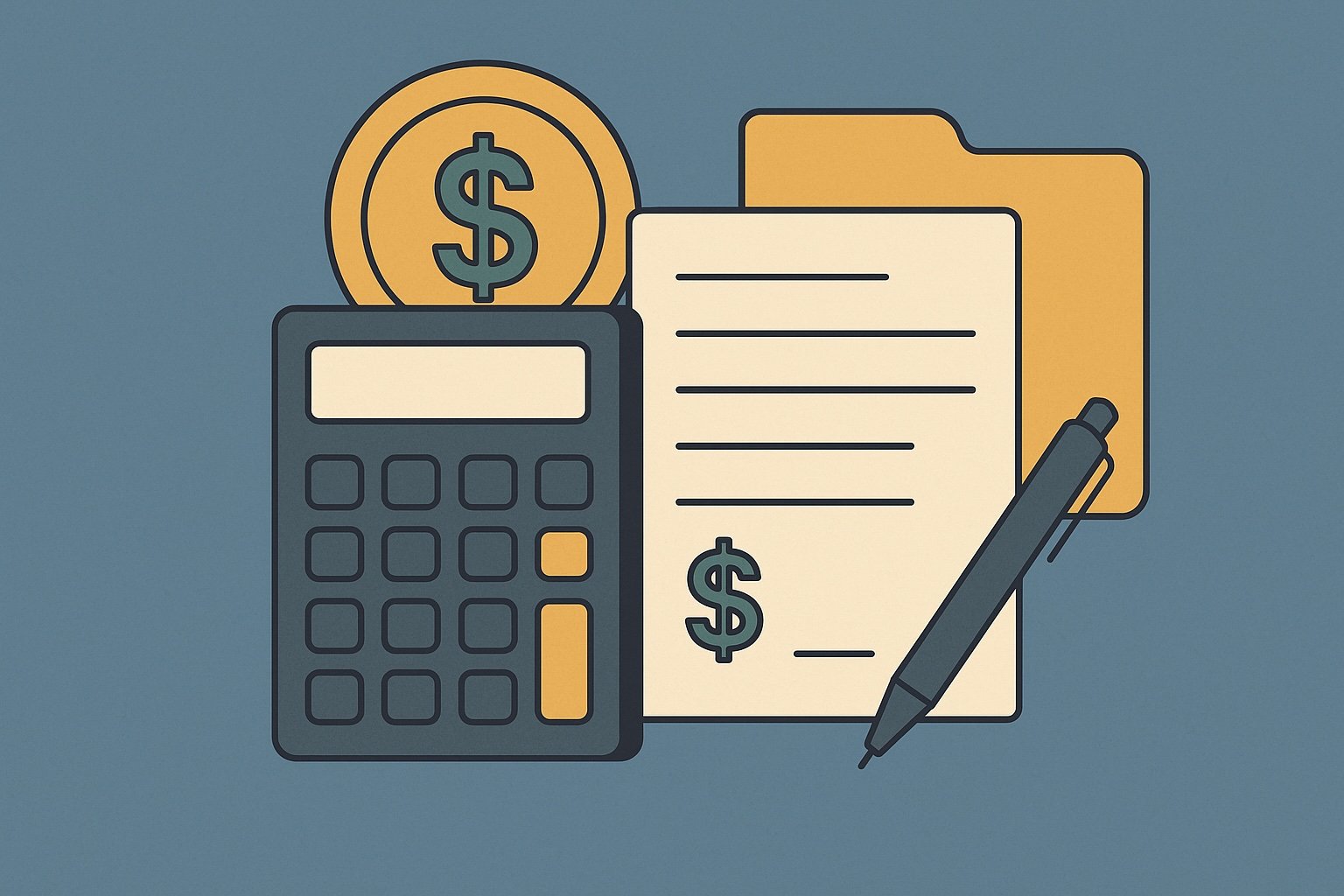Question
ARTE's Answer
A 1031 exchange, named after Section 1031 of the Internal Revenue Code, allows investors to defer capital gains taxes on the sale of investment properties by reinvesting the proceeds into a like-kind property. This strategy is a powerful tool for real estate investors looking to grow their portfolios without the immediate tax burden. Here’s a step-by-step guide on how to execute a 1031 exchange, with an example to illustrate the process.
- Determine Eligibility: First, ensure that both the property you are selling (relinquished property) and the property you intend to purchase (replacement property) qualify for a 1031 exchange. Both properties must be held for investment or business purposes, not for personal use.
- Engage a Qualified Intermediary (QI): To comply with IRS regulations, you must use a Qualified Intermediary to facilitate the exchange. At Deferred.com, we offer “No Fee Exchange” services, which can save you money. As your QI, we will hold the proceeds from the sale of your relinquished property and use them to purchase the replacement property on your behalf.
- Sell the Relinquished Property: Once you have a buyer for your relinquished property, the sale proceeds will be transferred to us, Deferred.com, as your QI. It’s crucial that you do not take possession of the funds, as this would disqualify the exchange.
- Identify Replacement Property: You have 45 days from the sale of your relinquished property to identify potential replacement properties. You can identify up to three properties regardless of their value, or more if they meet certain valuation criteria.
- Purchase the Replacement Property: You must close on the replacement property within 180 days of selling your relinquished property. We, as your QI, will use the proceeds from the sale to purchase the replacement property on your behalf.
- Complete the Exchange: Once the replacement property is acquired, the exchange is complete. You have successfully deferred capital gains taxes, allowing you to reinvest the full amount of your equity into the new property.
Example: Let’s say you own an investment property, a rental home, valued at $500,000, with a cost basis of $300,000. You decide to sell this property and use the proceeds to purchase a commercial building worth $700,000.
- Step 1: Confirm that both the rental home and the commercial building are held for investment purposes.
- Step 2: Engage Deferred.com as your QI. We will handle the exchange process and ensure compliance with IRS regulations.
- Step 3: Sell the rental home for $500,000. The proceeds are transferred to us, Deferred.com, and held in escrow.
- Step 4: Within 45 days, identify the commercial building as your replacement property.
- Step 5: Close on the commercial building within 180 days. We use the $500,000 proceeds as part of the purchase price, and you secure additional financing or use other funds to cover the remaining $200,000.
- Step 6: The exchange is complete, and you have deferred the capital gains tax on the $200,000 gain from the sale of the rental home.
By following these steps and utilizing our services at Deferred.com, you can effectively execute a 1031 exchange, deferring taxes and maximizing your investment potential. Always consult with a tax advisor to ensure compliance with all IRS requirements and to tailor the exchange to your specific financial situation.
Have more questions? Call us at 866-442-1031 or send an email to support@deferred.com to talk with an exchange officer at Deferred.
Sources
1031 Question? Ask ARTE
Deferred's AI 1031 Research Assistant is trained on 8,000+ pages of US tax law and outperforms human CPAs by 22%+
CHAT NOW
Learn More
See more frequently asked questions about 1031 exchanges








